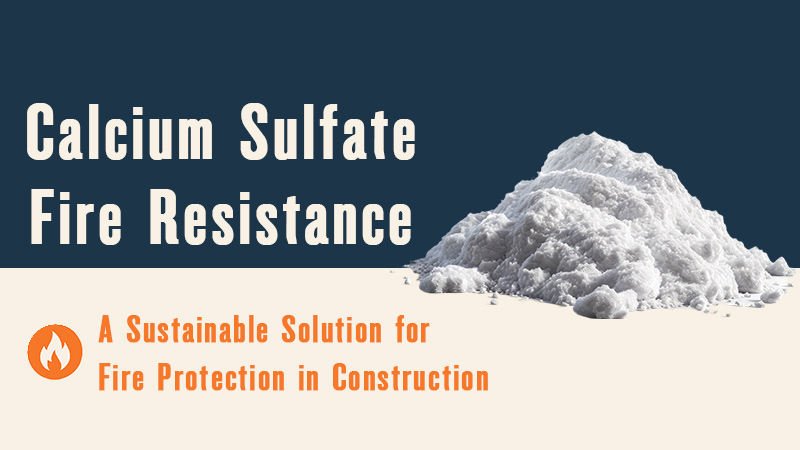Common Causes of Cracks in Wall and Ceiling Plasters
Cracks in wall and ceiling plaster are a frequent issue, often arising during the drying and hardening stages. Understanding the reasons behind these cracks can help in preventing and addressing them effectively. Here are some primary causes:
1. Water Content in the Mortar Mix
- Cause: If the mortar contains an excess weight of water relative to gypsum, shrinkage occurs during drying as the water evaporates, leaving empty spaces that the plaster cannot fully occupy.
- Prevention: Maintain optimal water-to-gypsum ratios during mixing to avoid excessive evaporation and shrinkage.
2. Thick Plaster Layers Applied in a Single Coat
- Cause: When plaster layers exceed 7-8 cm in thickness and are applied all at once, the top layer dries quickly due to air exposure, while deeper layers remain damp. As these layers dry, surface cracks emerge as trapped moisture vapors attempt to escape.
- Prevention: Apply thick plaster in multiple, thinner coats, allowing each layer adequate drying time before applying the next.
3. Freezing Temperatures During Application
- Cause: If plastering occurs below freezing temperatures, water within the mortar freezes, preventing necessary chemical reactions for proper setting. Upon thawing, the plaster weakens, leading to surface cracks.
- Prevention: Avoid plastering in temperatures below zero degrees Celsius or use additives designed to accelerate setting in colder environments.
4. Building Subsidence
- Cause: Structural settlement or subsidence can cause angled cracks (often at 45 degrees) as the building shifts, putting stress on plastered surfaces.
- Prevention: Ensure the building’s foundation is stable before plastering, and use flexible, crack-resistant plaster materials if minor movement is expected.
5. Thermal Expansion and Contraction
- Cause: Surfaces exposed to temperature fluctuations (such as direct sunlight during the day and cooling at night) undergo expansion and contraction, causing plaster layers to crack as they adjust to these changes.
- Prevention: Use plasters with thermal flexibility in high-temperature variation areas and limit plastering on surfaces that frequently expand and contract.
6. Moisture Penetration from Underlying Materials
- Cause: Fresh gypsum can draw moisture from cement or limestone substrates, leading to cracks as the layers settle.
- Prevention: Apply a moisture barrier or sealant on cement and limestone surfaces before plastering, especially in humid environments.
7. Other Contributing Factors
- Structural Vibrations: Movement from nearby construction or regular vibrations can create stress on plaster, leading to small surface cracks.
- Poorly Sealed Joints: Improperly sealed joints can cause moisture infiltration, contributing to crack formation.
- Repairing Cracks: Proper crack repair begins with identifying the root cause, addressing it, and choosing an appropriate repair method.
By understanding and addressing these causes working tips, builders can apply plaster effectively and create long-lasting, crack-free finishes.







